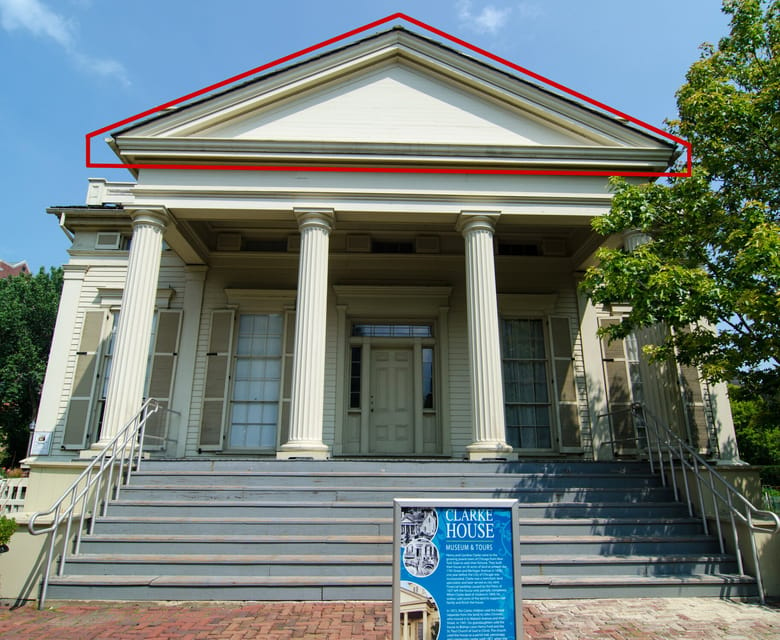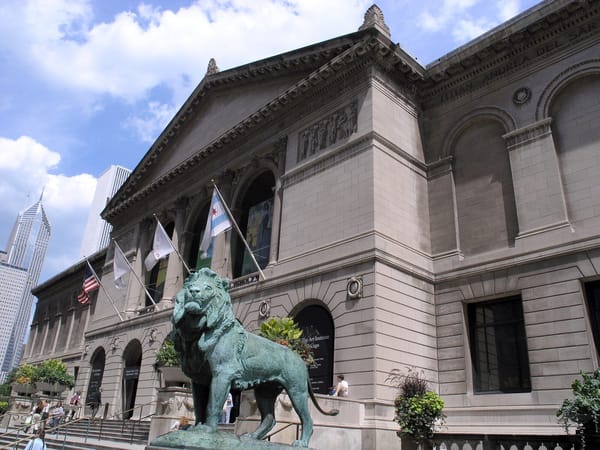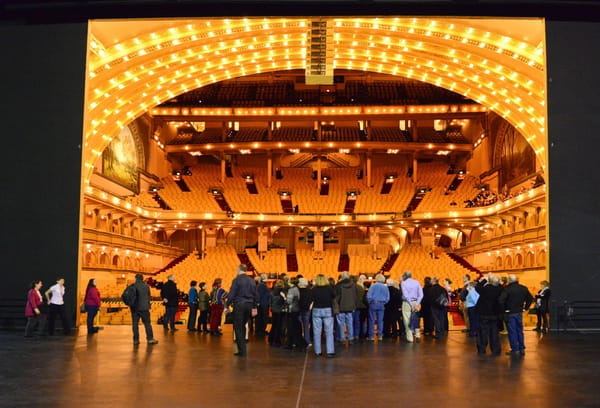A pediment is a classical architectural element that forms the triangular gable found above the horizontal structure of the cornice or entablature, typically supported by columns. The term "pediment" originates from the Latin word *pedimentum*, which means "foot" or "base," reflecting its foundational role in classical architecture. Pediments were first used in ancient Greek temples, such as the Parthenon, where they served both structural and decorative purposes. The triangular area within the pediment, known as the tympanum, was often adorned with sculptures or reliefs depicting mythological scenes.
In Chicago, pediments often appear on buildings in the Beaux-Arts architectural style, which emerged from the École des Beaux-Arts in Paris, and is characterized by its grandiose and elaborate designs incorporated from classical Greek and Roman elements. These include columns, cornices, and pediments. The Beaux-Arts style became prominent in the United States in the late 19th and early 20th centuries, particularly after the 1893 World’s Columbian Exposition in Chicago. This event showcased Beaux-Arts architecture and influenced the design of many public and cultural buildings in the city. Architects trained in the Beaux-Arts tradition often incorporated classical elements like pediments.
EXAMPLES IN CHICAGO:
- The Art Institute of Chicago: The main entrance of the Art Institute of Chicago is adorned with a classical pediment. This pediment features intricate sculptures and reliefs that enhance the building's grandeur and classical aesthetic. The use of a pediment here reflects the influence of classical architecture on the design of cultural institutions.
- The Chicago Board of Trade Building: This iconic building, completed in 1930, features a prominent pediment above its main entrance. The pediment is decorated with sculptures representing agriculture and industry, symbolizing the building's role in the financial and commodities markets. The design draws inspiration from classical architecture, emphasizing the building's importance and stability.
- The Field Museum: The Field Museum, one of the largest natural history museums in the world, incorporates a pediment in its neoclassical design. The pediment is adorned with sculptures that reflect the museum's dedication to science and education. This use of a pediment adds to the building's monumental and timeless appearance.






















